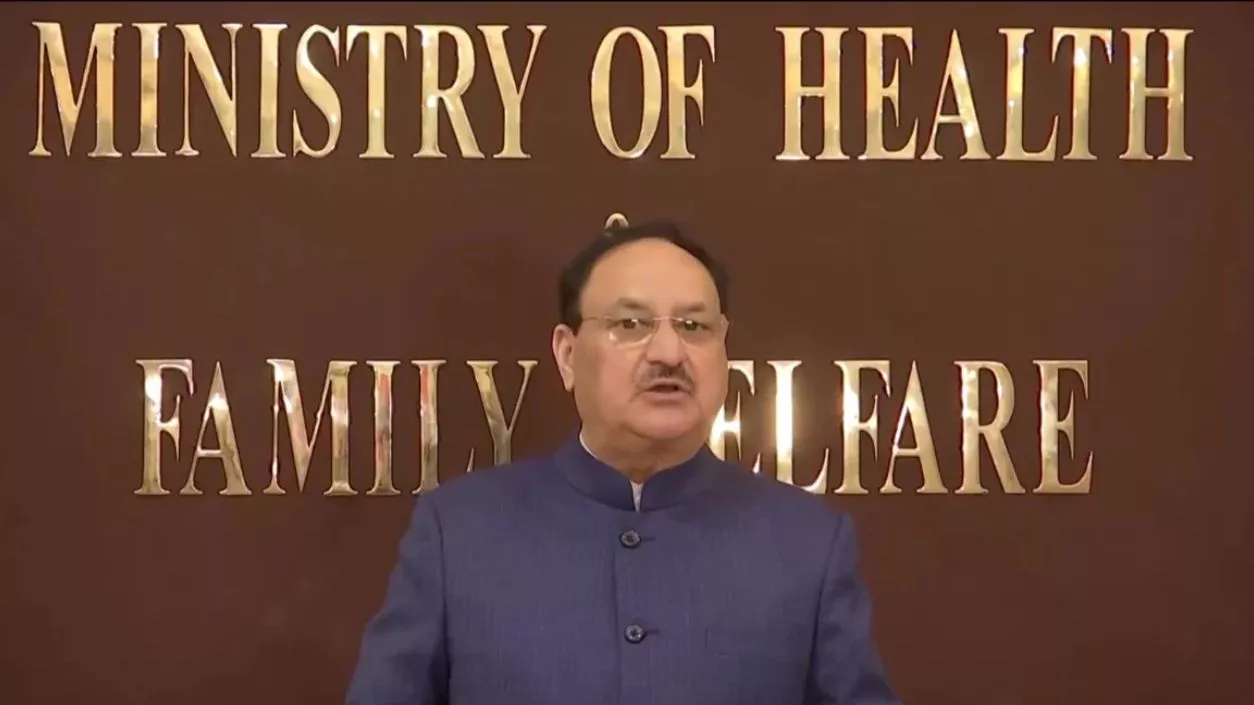.gif)
.gif)

India has confirmed five cases of Human Metapneumovirus (HMPV), a respiratory virus that has been circulating globally since its identification in 2001. The Union Health Ministry clarified that HMPV is not a new virus and has been present in human populations for years. The virus spreads primarily through respiratory droplets when an infected person coughs or sneezes. It can also spread by touching surfaces contaminated with respiratory droplets. HMPV affects people of all age groups and typically circulates more during the winter and early spring months in temperate regions.
The first two confirmed cases of HMPV in India were reported from Bengaluru, Karnataka. A three-month-old female infant, who had a history of bronchopneumonia, was diagnosed with HMPV after being admitted to Baptist Hospital in Bengaluru. The infant was discharged after treatment. The second case involved an eight-month-old male infant, also with a history of bronchopneumonia, who tested positive for HMPV on January 3. The infant is recovering and remains under observation. Neither of the two patients had a history of international travel.
A third confirmed case was reported in Ahmedabad, Gujarat, involving a two-month-old infant who was admitted to the hospital on December 24. The infant showed symptoms of cold, cough, and breathing difficulty, and the diagnosis of HMPV was confirmed through routine surveillance for respiratory pathogens. Additionally, Tamil Nadu reported two cases, one in Chennai and the other in Salem. These cases are under medical care, with no deaths reported due to HMPV in the country.
HMPV is known to cause mild respiratory symptoms in most individuals, such as cough, sore throat, runny nose, and fever, similar to common cold symptoms. However, in vulnerable populations such as infants, older adults, and individuals with weakened immune systems, HMPV can cause more severe respiratory illnesses, including pneumonia, bronchitis, and bronchiolitis. Severe Acute Respiratory Illness (SARI) can occur, particularly in children under five years of age, and may require hospitalization.
The Indian Council of Medical Research (ICMR), the National Centre for Disease Control (NCDC), and the Ministry of Health have assured the public that the country’s health systems are closely monitoring the situation. No unusual increase in other respiratory infections has been observed in India. Surveillance data from ICMR and the Integrated Disease Surveillance Program (IDSP) have been reviewed, and no surge in common respiratory viral pathogens has been reported.
Health experts recommend preventive measures to reduce the spread of HMPV. These measures include frequent handwashing with soap and water, covering the mouth and nose while coughing or sneezing, and avoiding close contact with infected individuals. Wearing masks, especially in crowded or enclosed spaces, and disinfecting frequently touched surfaces can also help prevent transmission. The health surveillance networks in India remain vigilant, with the country prepared to respond to any emerging health challenges related to HMPV.
HMPV is closely related to Respiratory Syncytial Virus (RSV) and is a member of the Paramyxoviridae family. Globally, HMPV accounts for 4-16% of acute respiratory infections. The virus tends to peak between November and May in temperate regions but can circulate year-round in tropical areas. While most individuals develop immunity through prior exposure, those with compromised immune systems or first-time infections may be at higher risk for severe illness.